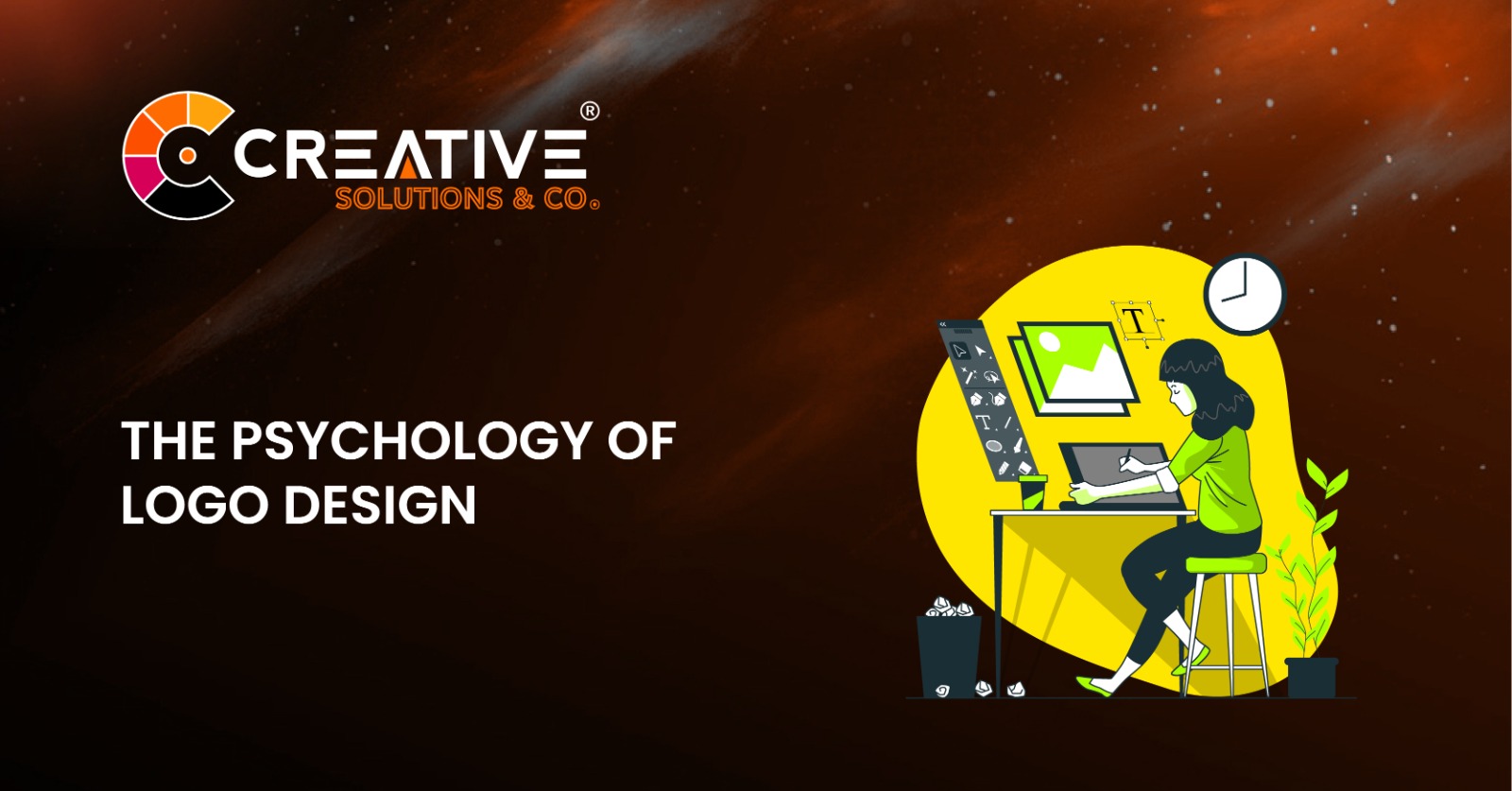
Logos are everywhere—from the golden arches of McDonald’s to the unmistakable swoosh of Nike. But have you ever stopped to think about why certain logos grab your attention or stick in your mind? It’s not just about artistic flair; there’s a whole science behind it. In this article, we’ll delve into the psychology of logo design, unraveling how these visual symbols influence emotions, perceptions, and decisions. Table of Contents For The Psychology of Logo Design Sr# Headings 1 Introduction to Logo Psychology 2 The Power of First Impressions 3 Color Psychology in Logos 4 Shapes and Their Hidden Meanings 5 Typography: Fonts That Speak Volumes 6 Simplicity vs. Complexity 7 Emotional Connection Through Logos 8 How Cultural Context Matters 9 Evolution of Iconic Logos 10 Branding and Consumer Trust 11 Role of Negative Space 12 The Importance of Scalability 13 How to Create a Memorable Logo 14 Mistakes to Avoid in Logo Design 15 Conclusion: The Heart of a Brand 1. Introduction to Logo Psychology A logo isn’t just an image; it’s a story condensed into a visual. It’s the first handshake between a brand and its audience. Would you trust a brand with a poorly designed logo? Probably not. That’s the power of first impressions, and logos play a crucial role in shaping them. 2. The Power of First Impressions Psychologists say we form judgments about people in seconds. The same goes for logos. A well-crafted logo can convey professionalism, trust, and relatability in an instant. For instance, Apple’s minimalist logo suggests innovation and simplicity, appealing to modern consumers. 3. Color Psychology in Logos Did you know that colors evoke emotions? Blue instills trust (think Facebook or Twitter), red conveys energy and excitement (Coca-Cola), and green symbolizes growth and nature (Starbucks). Choosing the right color for a logo isn’t just an artistic decision; it’s a psychological one. 4. Shapes and Their Hidden Meanings Circles, squares, and triangles aren’t just shapes; they’re subconscious signals. Each shape tells a different story to the viewer. 5. Typography: Fonts That Speak Volumes Fonts are the voice of your logo. Bold, sans-serif fonts like those used by Nike scream strength and modernity, while cursive fonts like Coca-Cola’s exude tradition and warmth. Choosing the right font ensures your logo “sounds” as appealing as it looks. 6. Simplicity vs. Complexity Ever noticed how the most memorable logos—like McDonald’s or Google—are often the simplest? Simplicity aids recognition and recall. Complex logos, on the other hand, might look stunning but often fail to connect quickly with the audience. 7. Emotional Connection Through Logos Logos aren’t just visual; they’re visceral. A well-designed logo evokes an emotional response, whether it’s nostalgia, excitement, or trust. For instance, the Disney logo often triggers childhood memories and joy. 8. How Cultural Context Matters Logos don’t exist in a vacuum. What works in one culture might flop in another. For example, red signifies luck in China but can symbolize danger in Western contexts. A good designer considers these nuances when crafting logos for global audiences. 9. Evolution of Iconic Logos Have you ever noticed how famous logos evolve over time? Google and Pepsi, for instance, have undergone multiple transformations to stay relevant. This evolution isn’t random; it’s guided by psychological insights into consumer preferences and trends. 10. Branding and Consumer Trust A strong logo builds trust. Think of how the Visa logo symbolizes reliability for millions of users. Trust is a cornerstone of branding, and the right logo is a powerful tool to establish it. 11. Role of Negative Space Negative space is the blank area around a logo’s elements. Clever use of it, like in the FedEx logo (hidden arrow) or the WWF logo (panda), makes logos more dynamic and memorable. It’s proof that sometimes, less is more. 12. The Importance of Scalability A logo should look as good on a business card as it does on a billboard. Scalability ensures that your logo is versatile and retains its essence regardless of size or medium. 13. How to Create a Memorable Logo Here are some tips for creating a standout logo: 14. Mistakes to Avoid in Logo Design Avoid these pitfalls: Conclusion A logo is much more than a graphic. It’s the visual heartbeat of a brand, conveying its essence in mere seconds. By understanding the psychology of logo design, businesses can create logos that resonate deeply, leaving lasting impressions. FAQs About The Psychology of Logo Design 1. Why is color important in logo design?Colors evoke emotions and influence perceptions, making them vital for creating a logo that aligns with a brand’s message. 2. What makes a logo memorable?Simplicity, uniqueness, and relevance are key factors in crafting a logo that sticks in people’s minds. 3. How do cultural differences affect logo design?Cultural contexts influence the meaning of colors, shapes, and symbols, so logos must be tailored for specific audiences. 4. Why do some companies change their logos?Logo redesigns help brands stay relevant, modern, and aligned with changing consumer expectations. 5. Can a bad logo harm a business?Yes, a poorly designed logo can convey unprofessionalism, confuse audiences, and damage a brand’s credibility.

